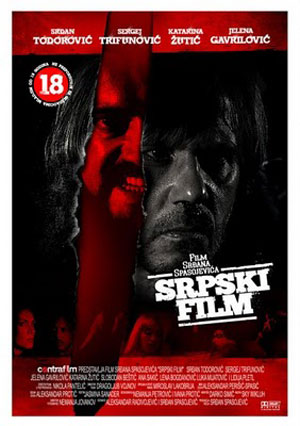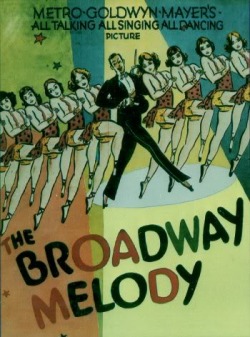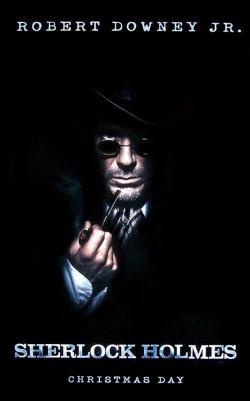 This post is not a review, but rather a more analytical piece in response to some of the debate surrounding Kick-Ass. It does contain spoilers. You have been warned.
This post is not a review, but rather a more analytical piece in response to some of the debate surrounding Kick-Ass. It does contain spoilers. You have been warned.
If you're even remotely interested in film or comics then you're probably well-aware that this weekend sees the release of Kick-Ass, the highly-anticipated (in geek circles) adaptation of Mark Millar's graphic novel of the same name. Marketed as a deconstruction of the superhero genre in the same vein as Watchmen, Kick-Ass follows superpower-less high schooler Dave Lezewski who decides to dress up and fight crime since... well, somebody has to do it. He teams up with a wealthy ex-cop named Big Daddy and his daughter Hit Girl and attempts to take on the city's bad guys, often with mixed results.
Kick-Ass has been causing quite a stir in critical circles. Roger Ebert found it morally reprehensible. Many have criticized its use of extreme violence involving minors. Others have argued it promotes the sexual abuse of children. Moral arguments aside, some have claimed that it fails as a satire, that it’s hypocritical in its deconstruction of a genre, and that it’s all style with no substance. While all of these concerns are certainly valid, and I can see the evidence for each of them, I can’t help but think they’re ultimately missing what the film is offering. After the first viewing, I might have agreed with some of them. But after seeing it a second time, I think there’s more going on beneath the surface of Kick-Ass than first meets the eye. In fact, I'm convinced Kick-Ass is downright progressive, due largely in part to three factors: its portrayal of women, its critique of mass media and the internet, and its honesty about why people consume films and comics.







